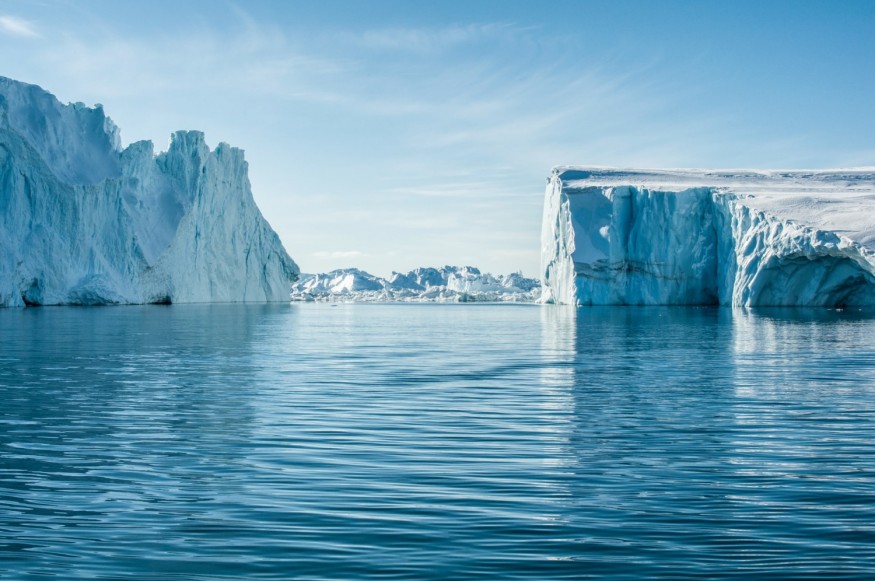"The great adventure of the ice, deep and pure as infinity," said Fridtjof Nansen's in his first expedition to cross Greenland.
Nansen said that the wonders hidden below the icy landscape of the Arctic back in 1888 'could not have been known'. It is only until today, with new tools and technologies, that the mysterious structures of Greenland's ice sheet 'comes into focus', holding clues of the past and future of the Arctic.
Mysterious Structures Beneath Greenland Ice

Under Greenland's ice sheet lies the longest colossal canyon on Earth, stretching 460 miles (740 kilometers) from the highest point in central Greenland to Petermann Glacier on the northwest coast, significantly longer than China's 308-mile-long (496 km) Yarlung Tsangpo Grand Canyon, the longest visible canyon on the planet.
"It may actually go farther south," said Jonathan Bamber, a geographer at the University of Bristol in the United Kingdom
Aside from that, Greenland's under-ice landscape also revealed a circle of invisible coastal mountain ranges around a bowl-like depression in the center of the island, seen in 3-D images of the hidden land. A 2017 map of Greenland revealed the topography underneath the flowing glaciers that will help scientists predict how fast they move and calve icebergs into the ocean.
Hundreds of thousands or even millions of years ago, when Greenland was not covered with ice, it was also home to primeval lakebed under more than a mile of ice that could reveal something about Greenland's past climate, as well as Arctic's future as the ice caps shrink.
"This could be an important repository of information, in a landscape that right now is totally concealed and inaccessible," said Guy Paxman, a postdoctoral researcher at Columbia University's Lamont-Doherty Earth Observatory.
Greenland's blue rivers and lakes is also filled with at least 60 small lakes of crystalline meltwater, "mostly clustered in northern and eastern Greenland," said Stephen Livingstone, a senior lecturer in physical geography at the University of Sheffield in the United Kingdom. Heat that generates under the glaciers that melts ice and drains under the ice sheet also influences how the icy block responds to rising temperatures caused by human-induced climate change.
Meteor Impacts and Fossil Plants
Aside from these earthly origins is evidence of more mysterious features hiding beneath Greenland's ice sheets. Scientists have found at least two likely meteor craters both northwest of Greenland. These craters sit 114 miles (183 km) away, where one sits below Hiawatha Glacier and the other is buried under 1.2 miles (2 km) of ice. According to scientists, the second crater is the 22nd-largest impact crater ever found on Earth.
Lastly, Greenland's ice sheets also enabled plants and trees to thrive. In 2017, scientists rediscovered the perfectly preserved fossils of plants while digging up through ice cores during the cold war. It looks like the frozen soil had held plant fragments dating to a million years ago which suggest that parts of Greenland's ice sheet may be younger than previously known.
© 2025 NatureWorldNews.com All rights reserved. Do not reproduce without permission.





